Head-mounted devices (HMDs), or headsets, are required to explore this immersive experience. These headsets have a unique construction: mostly, the devices consist of a screen, and this screen can be built-in, or you can use your smartphone for viewing. These headsets are capable of displaying two distinct categories of VR content, one being 360 monoscopic, and the other being stereoscopic. Monoscopic VR content is fantastic but lacks the depth that can only be given by stereoscopic content. VR headsets often have two lenses that focus on a stereoscopic image. These lenses have the function of projecting an image onto our eyes. Certain lenses produce an illusion of depth. The key lens types used in VR headsets are the Biconvex lens and the Fresnel Lens.
Many would be intrigued to see someone wearing a VR headset and would enjoy the feeling of immersion that it provides. But how does the experience feel? You must get your own virtual reality headset to see for yourself.
More and more companies are producing VR headsets, as virtual reality technology becomes mainstream. Some are expensive, high-end headsets, while others are relatively inexpensive, and they do their job fairly well. This article will cover some of the best low-cost VR headsets available for purchase.
1. Google Cardboard
The most basic type of VR headset is Google Cardboard. This headset is composed of cardboard, as the name implies. This model performs all of the essential functions of a VR headset. It is an inexpensive, basic VR headset with two Bioconvex lenses. The field of view of this device is 80 degrees. This device uses your smartphone as a projector, and it uses the smartphone’s built-in sensors, including a gyroscope and an accelerometer, to monitor your head movement.
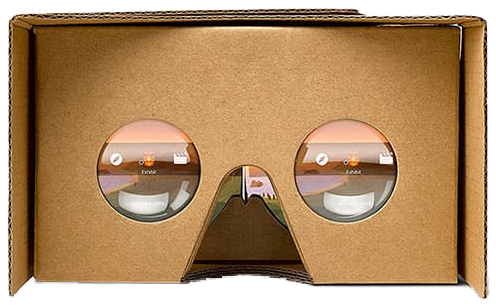
Buy Here: Amazon
2. Google Daydream
Daydream is yet another Google headset that costs less than $100. Compared to the simple cardboard design of Google Cardboard, this device is much more convenient and comfortable. This headset also has a larger field of view of 90 degrees. In this headset, you must use your smartphone for viewing, so the display resolution and refresh rate will depend upon the device you place inside the headset. The Google Daydream also comes with a motion controller, which is primarily used to communicate with the Virtual Reality Apps interface.
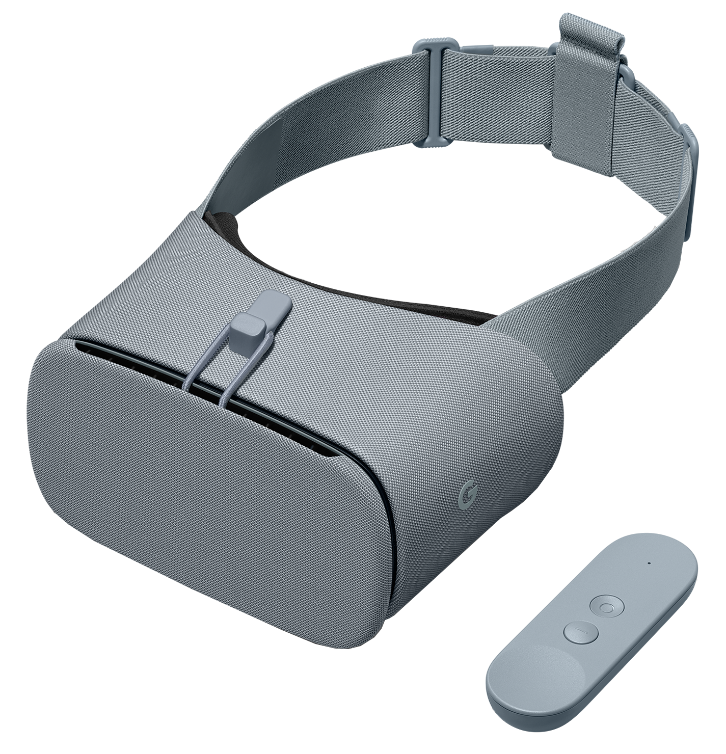
This basic motion controller is impressively accurate and responsive. This headset also accommodates users with glasses. Google Daydream supports Google Pixel, Google Pixel XL, ZTE Axon 7, Huawei Mate 9 Pro, and Motorola Moto Z.
Buy Here: Amazon
3. ZEISS VR ONE Plus
The ZEISS VR ONE Plus is another smartphone-based VR headset. This virtual reality headset has a field of view of 100 degrees. You can even wear eyeglasses while using this VR headset. This device does not come with remote control, though a remote control accessory can be bought separately.
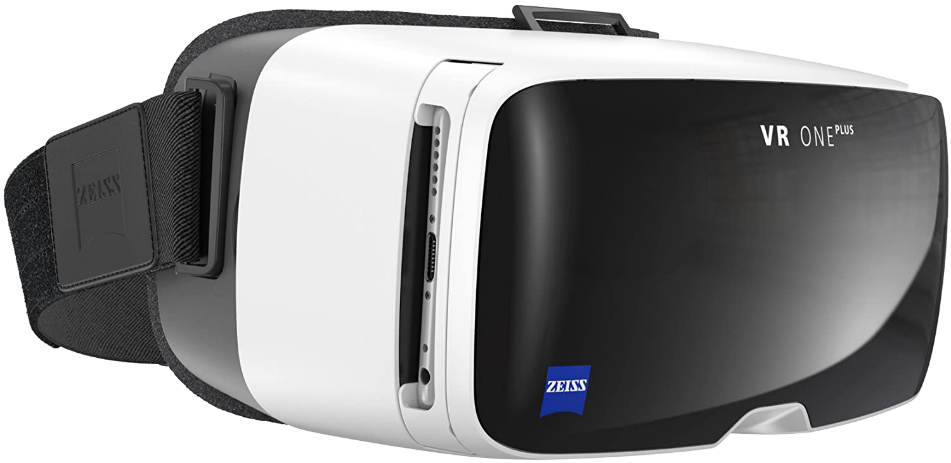
Buy Here: Amazon
4. Merge VR Goggles
The Merge VR Goggles headset is yet another budget VR headset that supports certain sizes of Android phones, as well as iPhones. Merge has its own VR store called Merge Miniverse that offers VR tours, games, educational videos, and entertainment. This model delivers a field of view of 96 degrees and also accommodates users with eyeglasses.
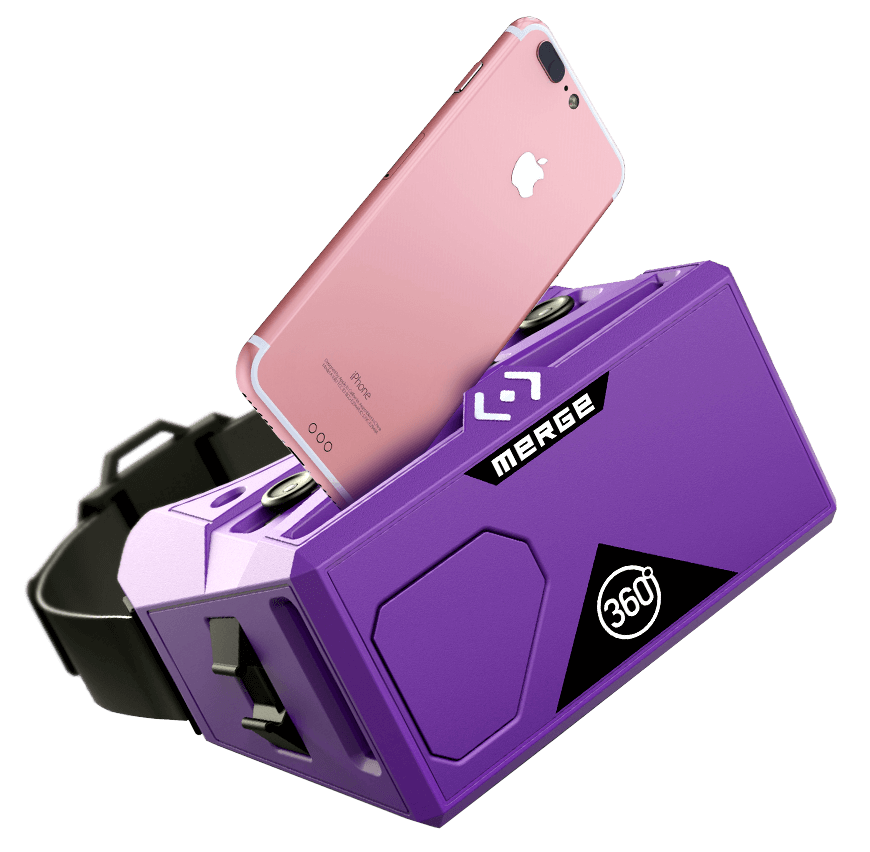
Buy Here: Amazon
5. Homido V2
The Homido V2 is yet another affordable and high-quality VR headset manufactured by Homido. This headset is compatible with numerous smartphones from Apple, Samsung, HTC, Sony, LG, and Google. The field of view of this device is 100 degrees. Homido ‘s VR center provides a lot of content related to virtual reality, such as educational tours, games, movies, and more. This device does not come with a motion controller, however.
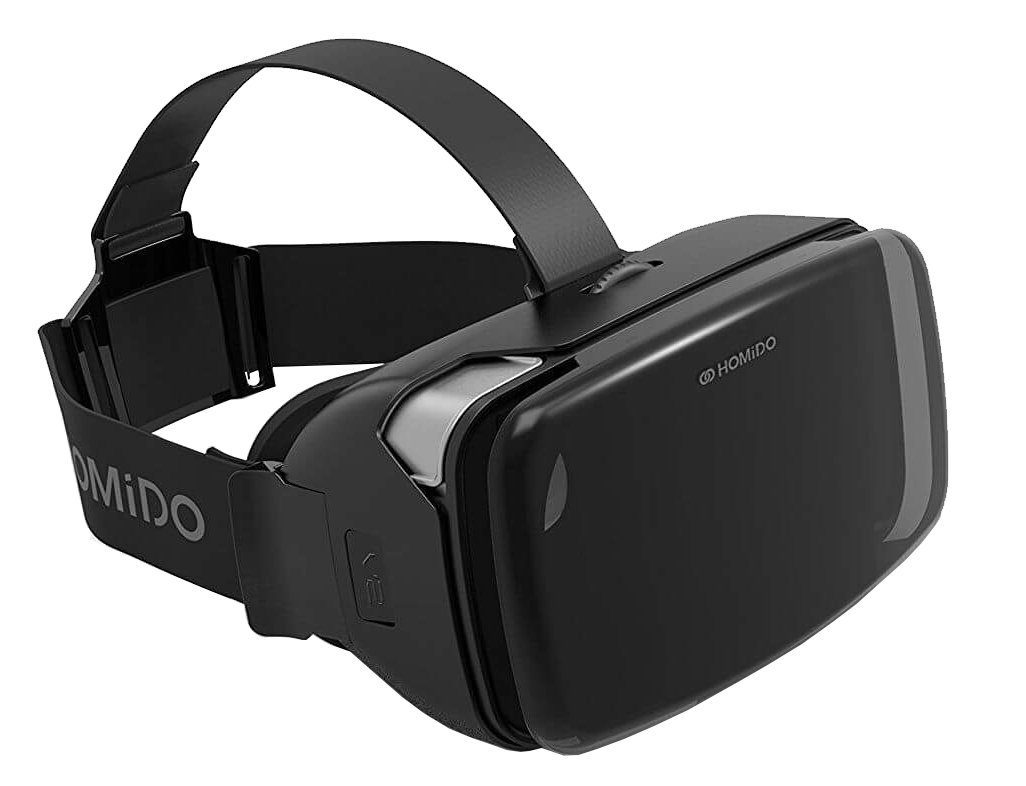
Buy Here: Amazon
Product Comparison
All the headsets discussed above are budget headsets, so we will compare the pros and cons of each device, along with their cost.
| Type | Pros | Cons | Price |
| Google Cardboard | Lightweight | Fragile | $20-$30 |
| Google Daydream | Lightweight, Comfortable, Comes with motion controller | Not many apps available | $90 |
| ZEISS VR ONE Plus | Works with both iOS and Android, High-quality lenses | Must buy the motion controller separately | $50 |
| Merge VR Goggles | Multiple Smartphone Support, Good selection of free games | Control problems, Limited library | $50 |
| Homido V2 | Good lenses, Good field of view | No motion controller | $60 |
All the headsets mentioned above are budget headsets, and any of these headsets would be perfect for you to start your immersive virtual reality experience. The capabilities of these headsets are not as impressive as high-end headsets, but they do the job.
Conclusion
Remember to keep a few things in mind before you think about getting a budget VR headset. These budget VR headsets have no built-in displays or circuits. To enjoy the VR experience with any of these devices, you must have a smartphone. These headsets will monitor your motion using the smartphone’s gyro-sensors. The Google Cardboard is the cheapest headset but is delicate, as it is made of cardboard. The Google Daydream is a great option, since it is lightweight, comfortable, comes with a motion controller, and supports all the latest android smartphones. But, iPhone users can go with the ZEISS VR PLUS, the Homido V2, or the Merge VR Goggles. That said, all of these headsets are of adequate quality and are capable of providing a decent immersive VR experience.
from Linux Hint https://ift.tt/3jEdXRV




0 Comments